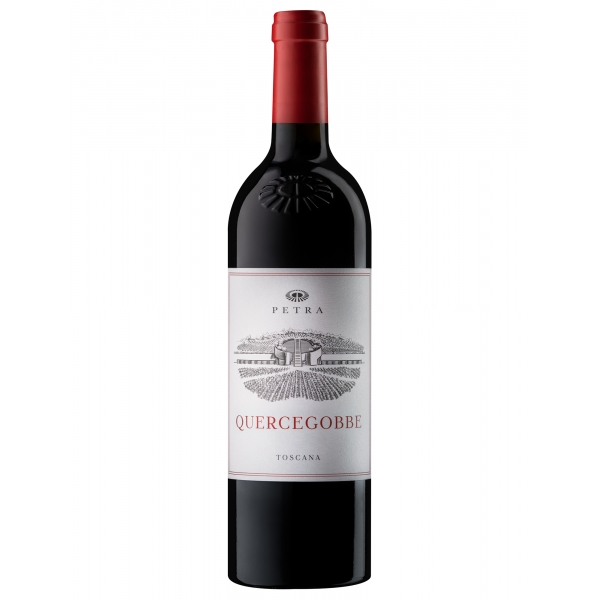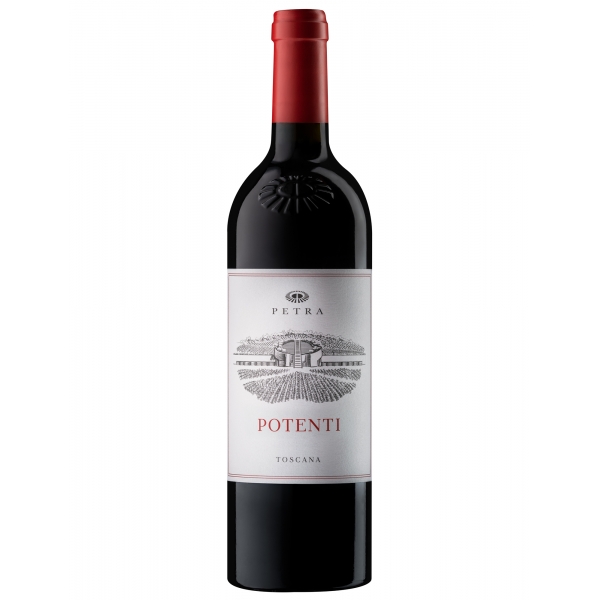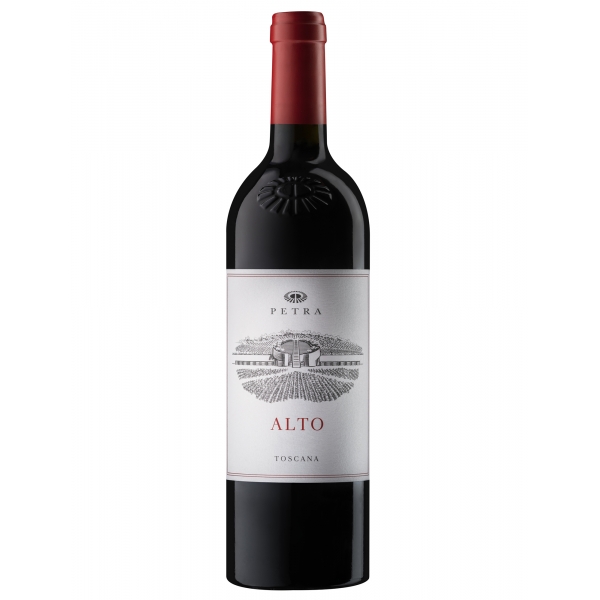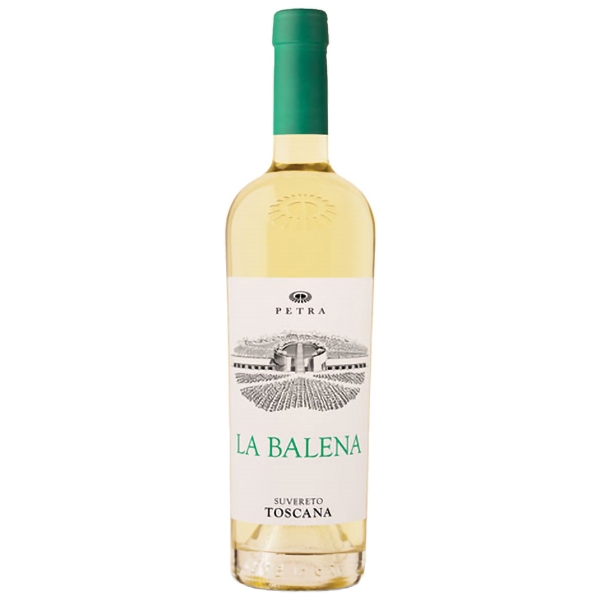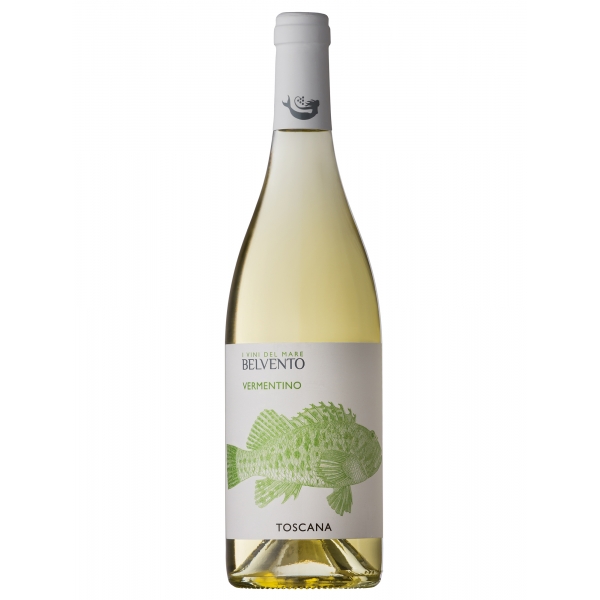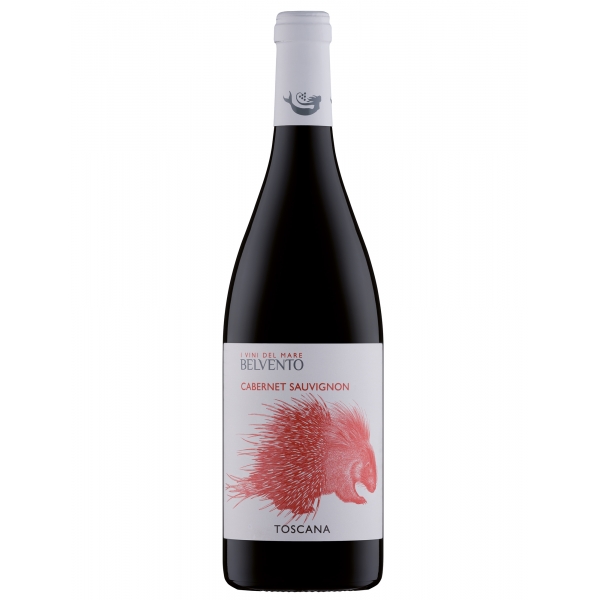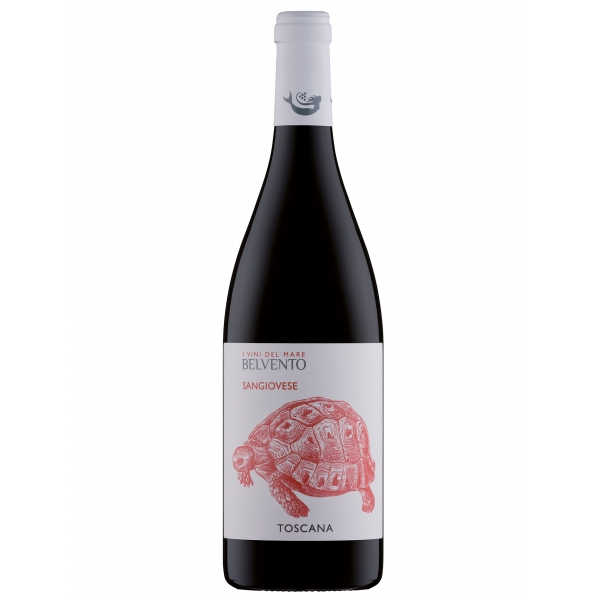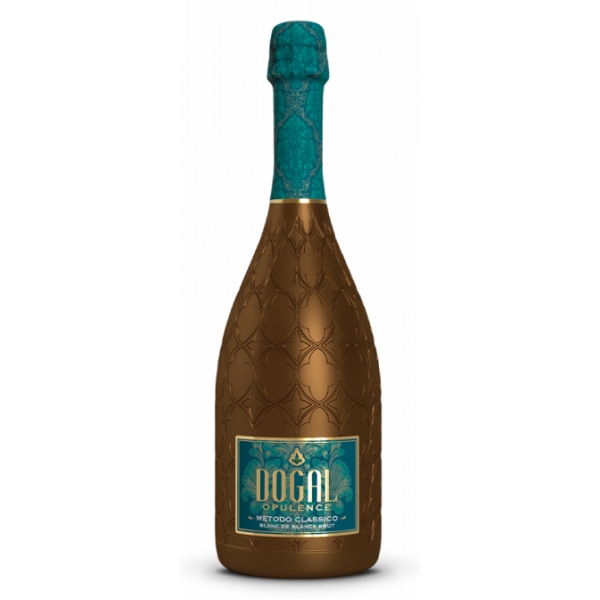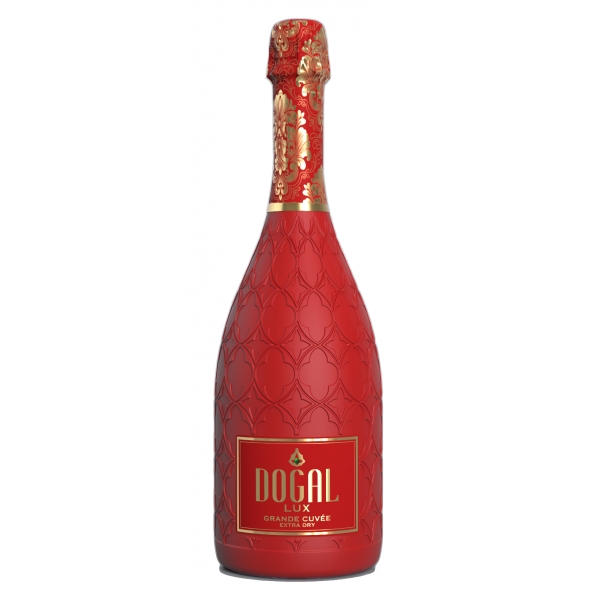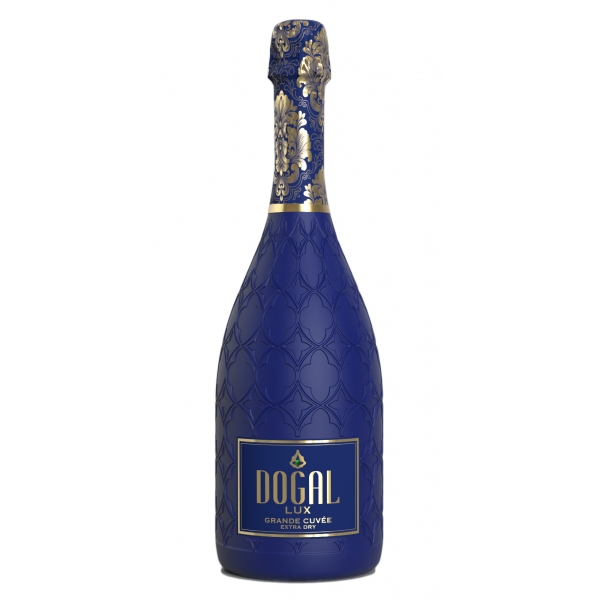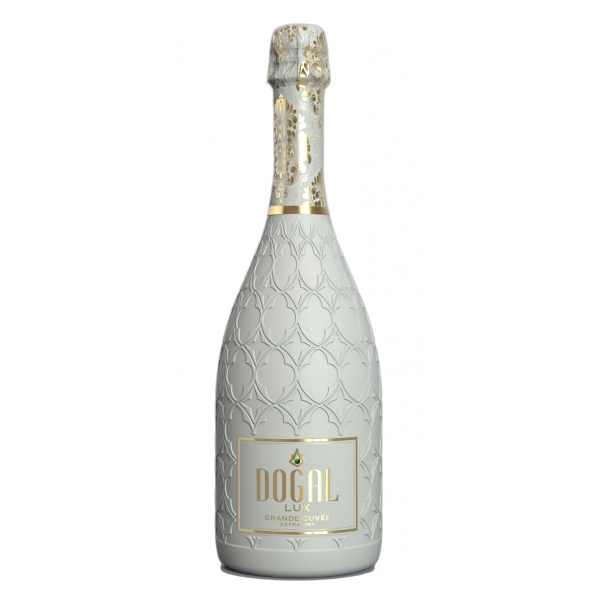No products
Beverages
Refine
Extra
Beverages
-
Petra - Quercegobbe - D.O.C.G. - Red Wines - Luxury Limited Edition - 750 ml
A real cru from which the Merlot grapes with which the wine is produced come. Quercegobbe is located in an ideal position, on the edge of the Mediterranean maquis but close to the cellar, on a well-ventilated hill overlooking the sea.
21,50 € -
Petra - Potenti - D.O.C.G. - Red Wines - Luxury Limited Edition - 750 ml
The vineyard from which the Cabernet Sauvignon grapes come from benefits from the balanced relationship between the clay component and the skeleton, as well as from the good slope of the soil.
21,50 € -
Petra - Colle al Fico - D.O.C.G. - Red Wines - Luxury Limited Edition - 750 ml
Colle al Fico is one of the best crus of the company and takes its name from the toponym of the vineyard from which the syrah grapes with which it is produced come. The soil on which the rows rest is calcareous clay, well ventilated by the sea breeze.
21,50 € -
Petra - Alto - D.O.C.G. - Red Wines - Luxury Limited Edition - 750 ml
Alto represents one of the most marked expressions of the territory. Its geological and microclimatic characteristics are clearly expressed through a grape variety, Sangiovese, which has its chosen homeland in Tuscany.
21,50 € -
Petra - Hebo - D.O.C.G. - Red Wines - Luxury Limited Edition - 750 ml
Name of an Etruscan settlement of very ancient origin, Hebo refers to the historical roots of Suvereto. It is produced with a classic blend of cabernet sauvignon, merlot and sangiovese, vines introduced in the area by Elisa Bonaparte Baciocchi, princess of Piombino since 1805 and enlightened woman of wine.
12,20 € -
Petra - La Balena - I.G.T. - White Wines - Luxury Limited Edition - 750 ml
The name of the wine comes from an ancient oral tradition that identifies the toponym of the vineyard from which it comes. The sandy, slightly calcareous agrillo soils are cultivated with viognier.
12,20 € -
Petra Belvento - Vermentino - D.O.C.G. - White Wines - Luxury Limited Edition...
A Vermentino vinified in purity, to enhance the soft and fruity nature typical of this vine. Here, in the Tuscan Maremma, it has been able to express distinctive and unique characteristics, typical of a land tempered by long summers and softened by the fresh sea breezes that come from the Tyrrhenian Sea.
10,90 € -
Petra Belvento - Viognier - D.O.C.G. - White Wines - Luxury Limited Edition -...
In this part of the Tuscan Maremma the viognier can express itself at its best thanks to the minerality of the soils that have compact, calcareous and uniform banks. The wind and the heat of this land allow the ideal ripening of the berries which are small in thickness and crunchy.
10,90 € -
Petra Belvento - Ansonica - D.O.C.G. - White Wines - Luxury Limited Edition -...
Ansonica, already known in Sicily as inzolia, is one of the oldest native vines in Sicily and from here it would have arrived on the Tuscan coast and its archipelago by Greek merchant ships. Anxonica benefits from hot and dry climates that allow this late vine to reach full ripeness, characterized by large and thick-skinned berries, to give dry and dry...
10,90 € -
Petra Belvento - Velarosa - D.O.C.G. - Rosé Wines - Luxury Limited Edition -...
Grenache: the fourth most cultivated grape in the world. A vine that in Maremma, a sunny and windy land, reaches the ideal ripeness for the production of full-bodied, savory rosé wines with great aromatic complexity.
10,90 € -
Petra Belvento - Cabernet Sauvignon - D.O.C.G. - Red Wines - Luxury Limited...
Tuscany is the elective homeland of cabernet sauvignon and the northern Tuscan Maremma is one of the most suitable areas for its cultivation. The “Belvento: I Vini del Mare” selection is born in this strip of land, squeezed between the sea and the hills.
10,90 € -
Petra Belvento - Sangiovese - D.O.C.G. - Red Wines - Luxury Limited Edition -...
The Sangiovese grape has very ancient origins. As such it has been known since 1500, but its genesis is probably much more remote and dates back to the first settlements of the Etruscans and Romans who cultivated vines here, tearing fertile land from the marshes and passing on the culture of wine up to the days our. Sangiovese is a vigorous vine in this...
10,90 € -
Petra Belvento - Ciliegiolo - D.O.C.G. - Red Wines - Luxury Limited Edition -...
Ciliegiolo is a vine that has spread in central Italy starting from Tuscany according to some. According to others, it was introduced by pilgrims returning from the Sanctuary of Santiago de Compostela, autochthonous and genetically linked to Sangiovese.
10,90 € -
Petra - Grappa Aged Petra - First Edition - Spirits and Distillates - Luxury...
A selection of Tuscan grape marc kept fresh and fragrant to extract and concentrate exclusively the heart. A journey, from Tuscany to Piedmont, a raw material that does not exhaust its strength in wine, but returns to live in French oak stills and barriques.
44,90 € -
Dogal - Opulence Classic Method Trento D.O.C. Vintage Rosé Brut - Sparkling...
Created with Chardonnay and Pinot Nero grapes grown in Trentino, vineyards suited to the varieties in a geographically limited area that gives rise to Trento DOC wines. Loose fluvio-glacial soils from the weathering of porphyritic rocks, not very structured, sandy. Characteristics of the wine: a fresh pink color in the glass, with aromas of small red...
65,00 € -
Dogal - Opulence Classic Method Trento D.O.C. Blanc de Blancs Brut -...
This wine is produced from Chardonnay grapes grown in the optimal conditions of the Trentino mountains. Soil characteristics: Structured, clayey, deep soils with a rich dolomitic structure (Werfen siltstones); partly on shallow soils, with white and gray calcareous debris, well drained and porphyritic.
58,00 € -
Dogal - Lux Red - Rare Grande Cuvée Millesimato Extra Dry - Sparkling Wine -...
This wine is produced from Chardonnay grapes grown in the optimal conditions of the Trentino mountains. Soil characteristics: Structured, clayey, deep soils with a rich dolomitic structure (Werfen siltstones); partly on shallow soils, with white and gray calcareous debris, well drained and porphyritic.
39,00 € -
Dogal - Lux Pink - Rare Grande Cuvée Millesimato Extra Dry - Sparkling Wine -...
This wine is produced from Chardonnay grapes grown in the optimal conditions of the Trentino mountains. Soil characteristics: Structured, clayey, deep soils with a rich dolomitic structure (Werfen siltstones); partly on shallow soils, with white and gray calcareous debris, well drained and porphyritic.
39,00 € -
Dogal - Lux Blu - Rare Grande Cuvée Millesimato Extra Dry - Sparkling Wine -...
This wine is produced from Chardonnay grapes grown in the optimal conditions of the Trentino mountains. Soil characteristics: Structured, clayey, deep soils with a rich dolomitic structure (Werfen siltstones); partly on shallow soils, with white and gray calcareous debris, well drained and porphyritic.
39,00 € -
Dogal - Lux Black - Rare Grande Cuvée Millesimato Extra Dry - Sparkling Wine...
This wine is produced from Chardonnay grapes grown in the optimal conditions of the Trentino mountains. Soil characteristics: Structured, clayey, deep soils with a rich dolomitic structure (Werfen siltstones); partly on shallow soils, with white and gray calcareous debris, well drained and porphyritic.
39,00 € -
Dogal - Lux Ivory - Rare Grande Cuvée Millesimato Extra Dry - Sparkling Wine...
This wine is produced from Chardonnay grapes grown in the optimal conditions of the Trentino mountains. Soil characteristics: Structured, clayey, deep soils with a rich dolomitic structure (Werfen siltstones); partly on shallow soils, with white and gray calcareous debris, well drained and porphyritic.
39,00 €











